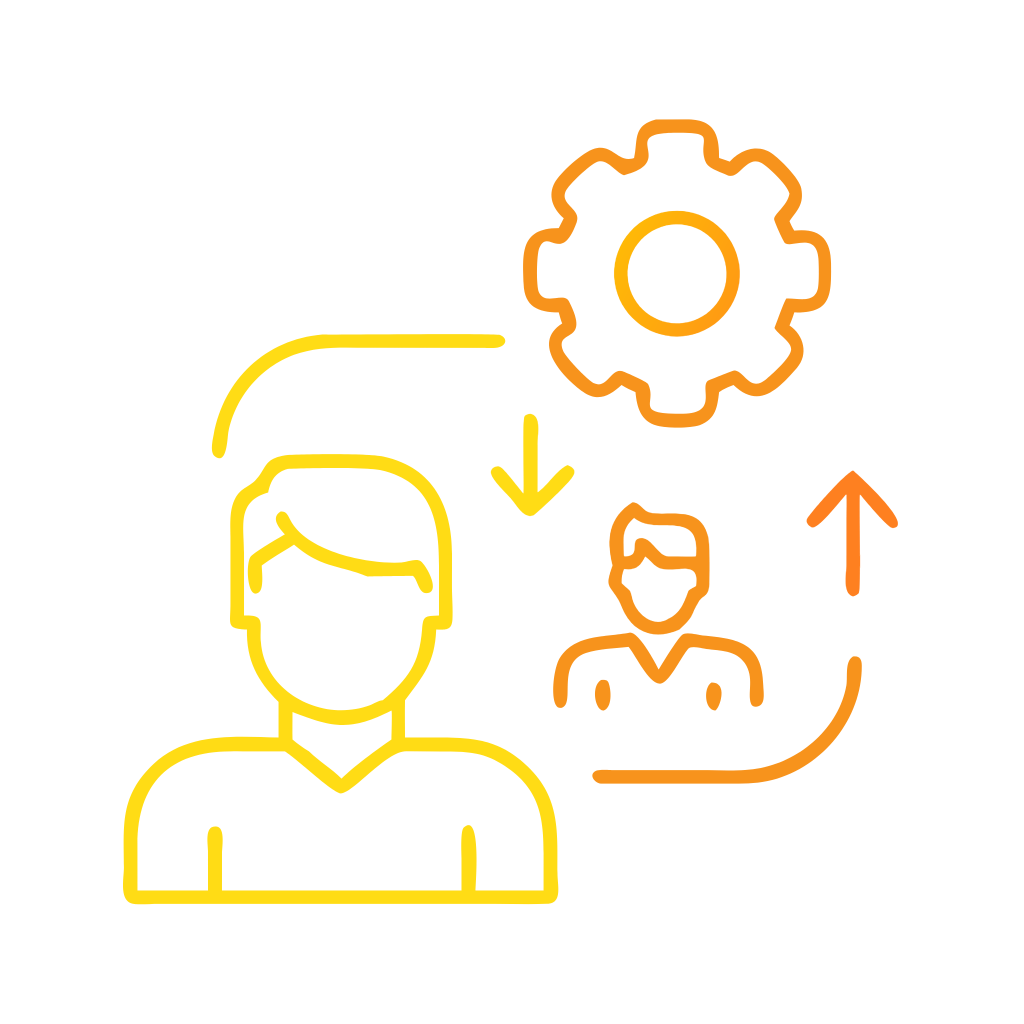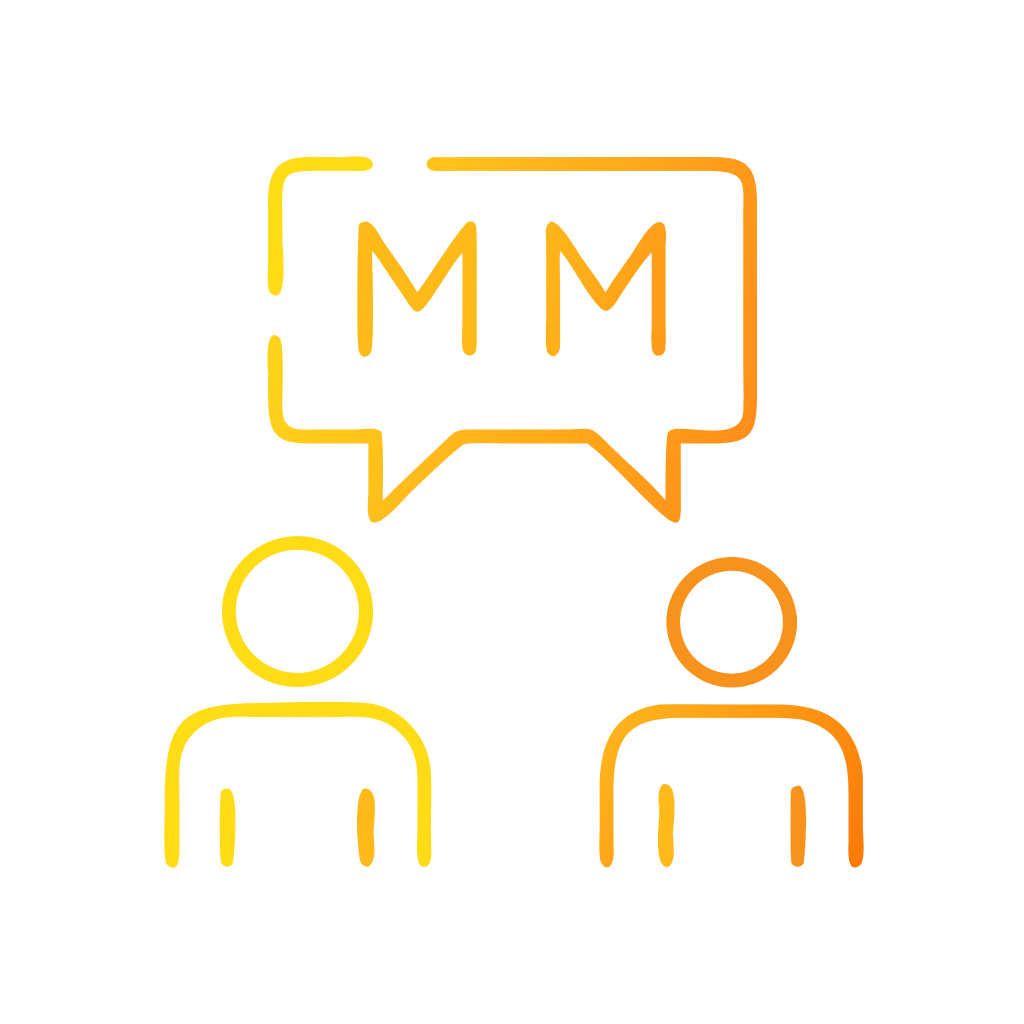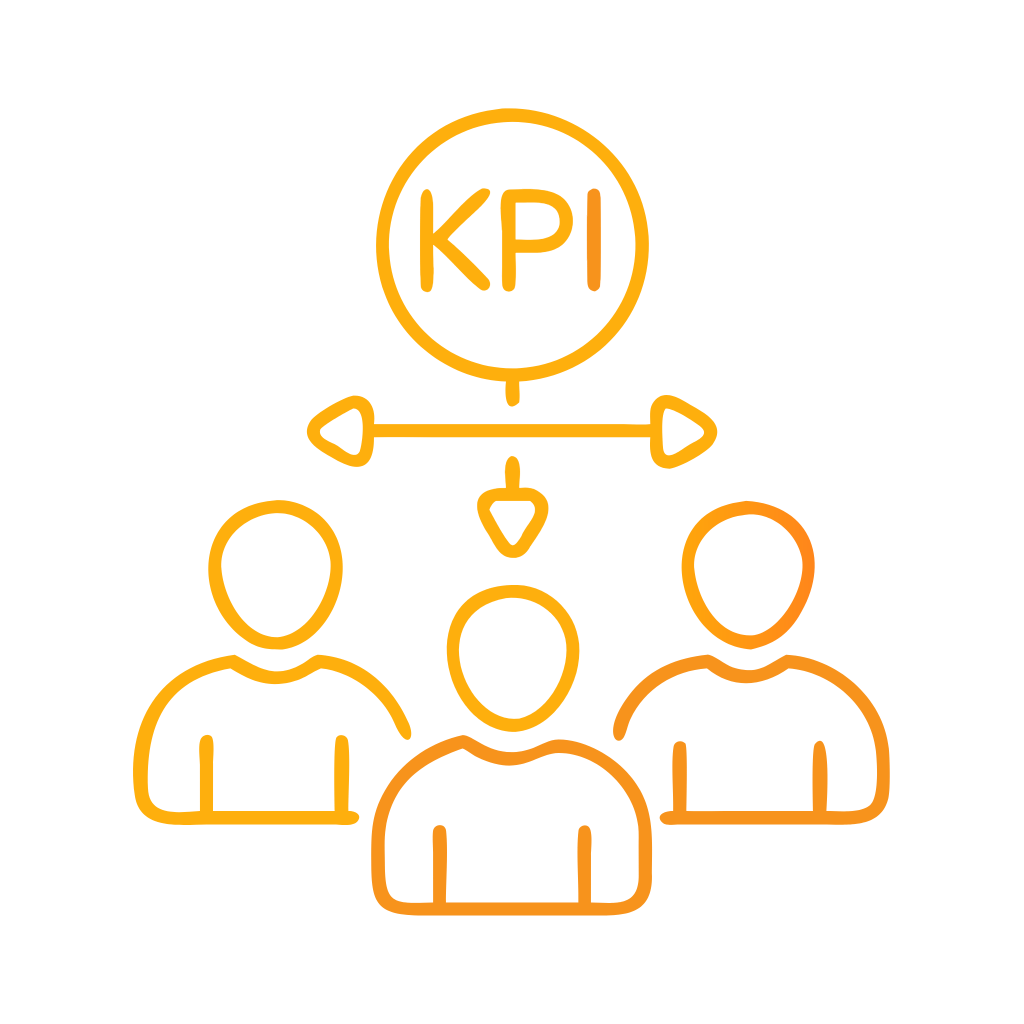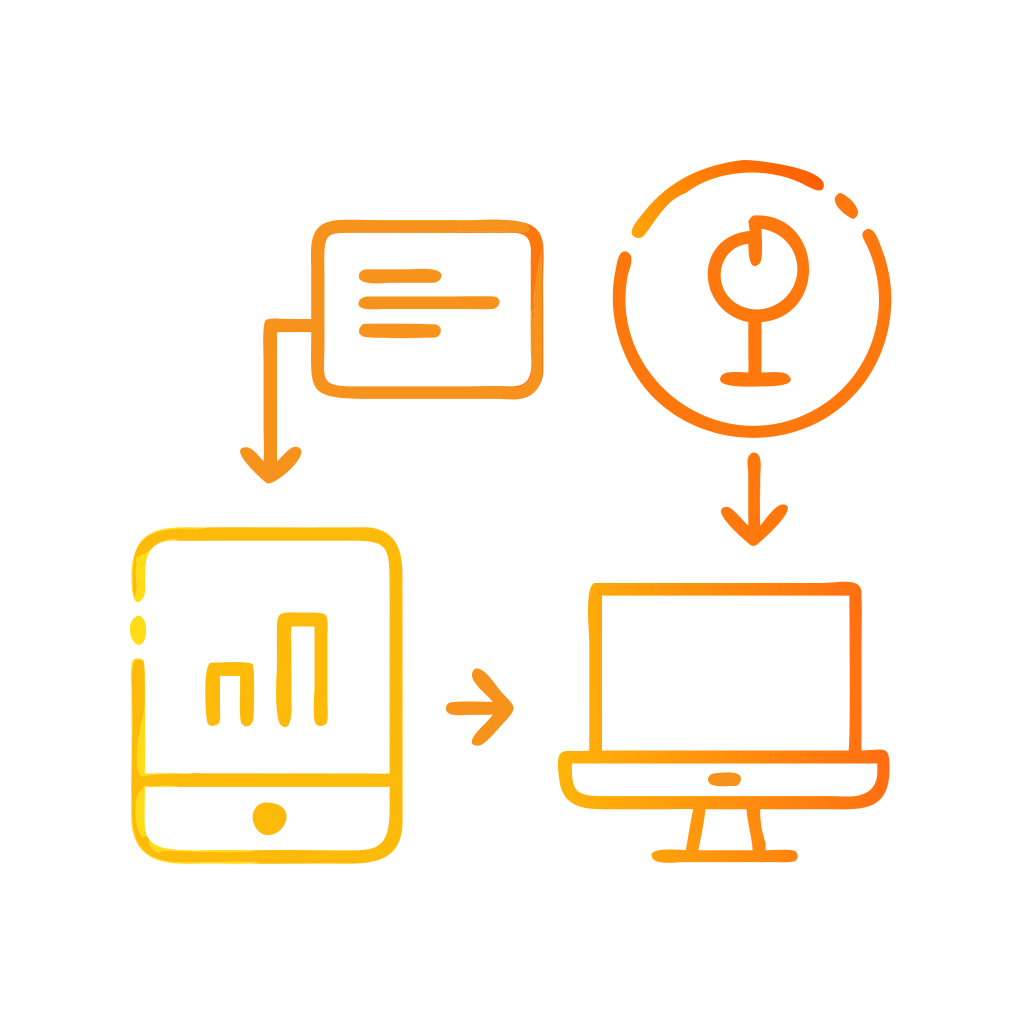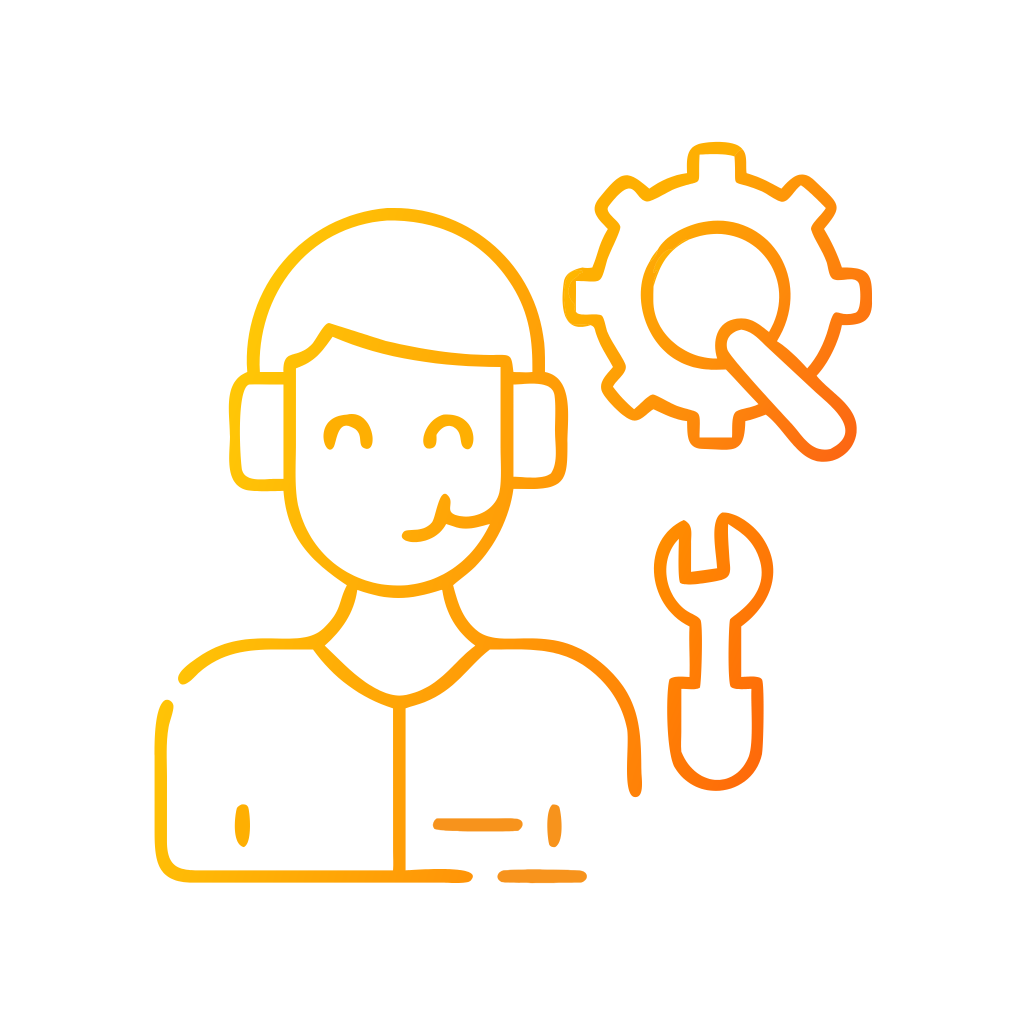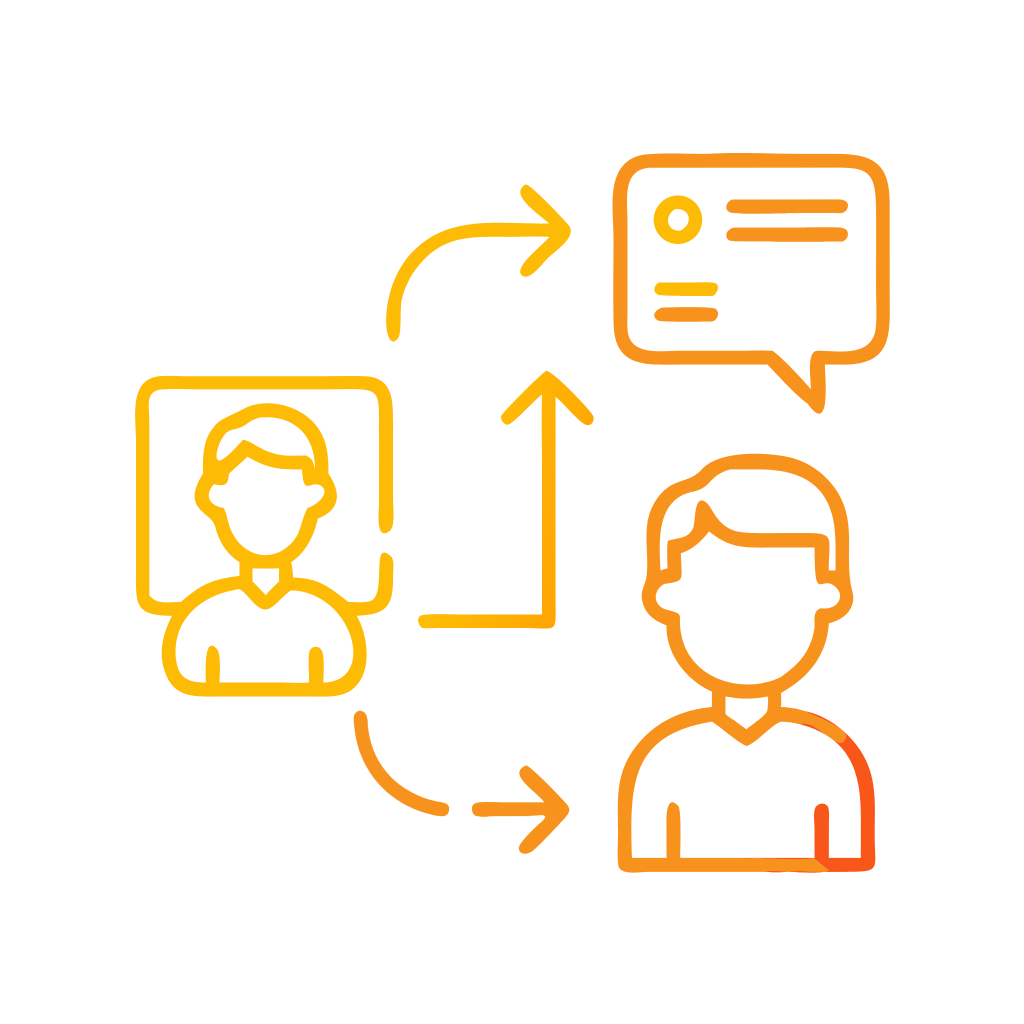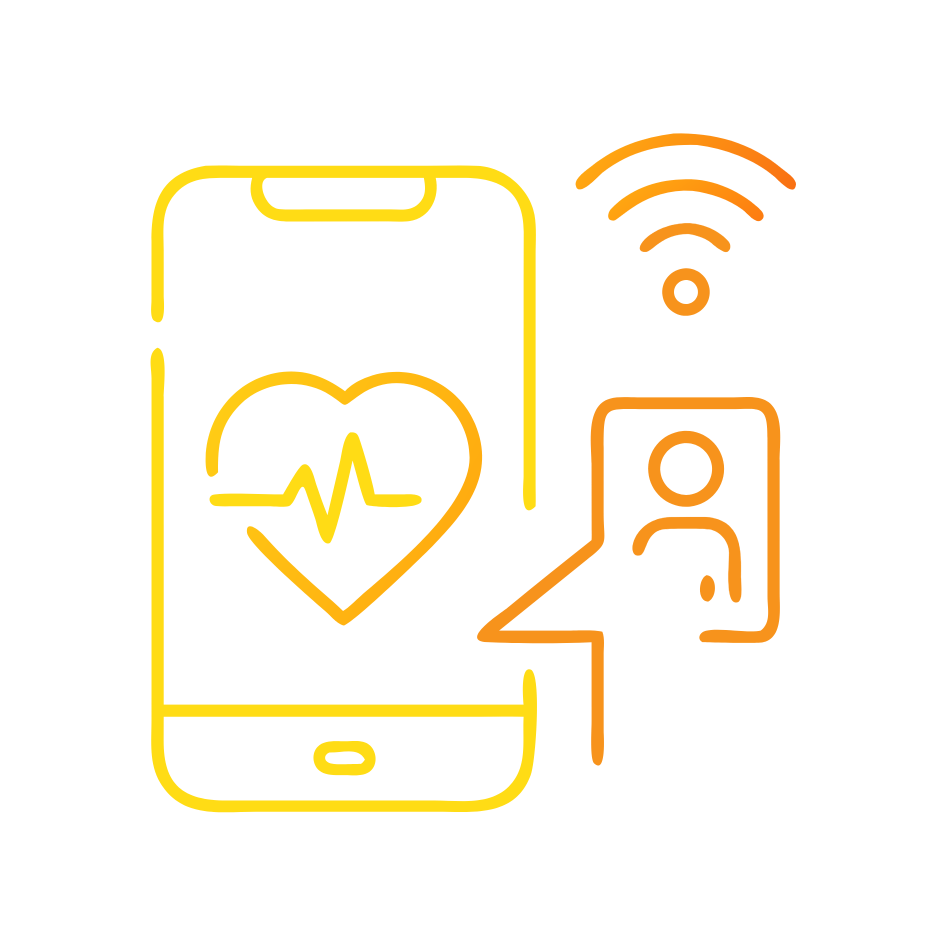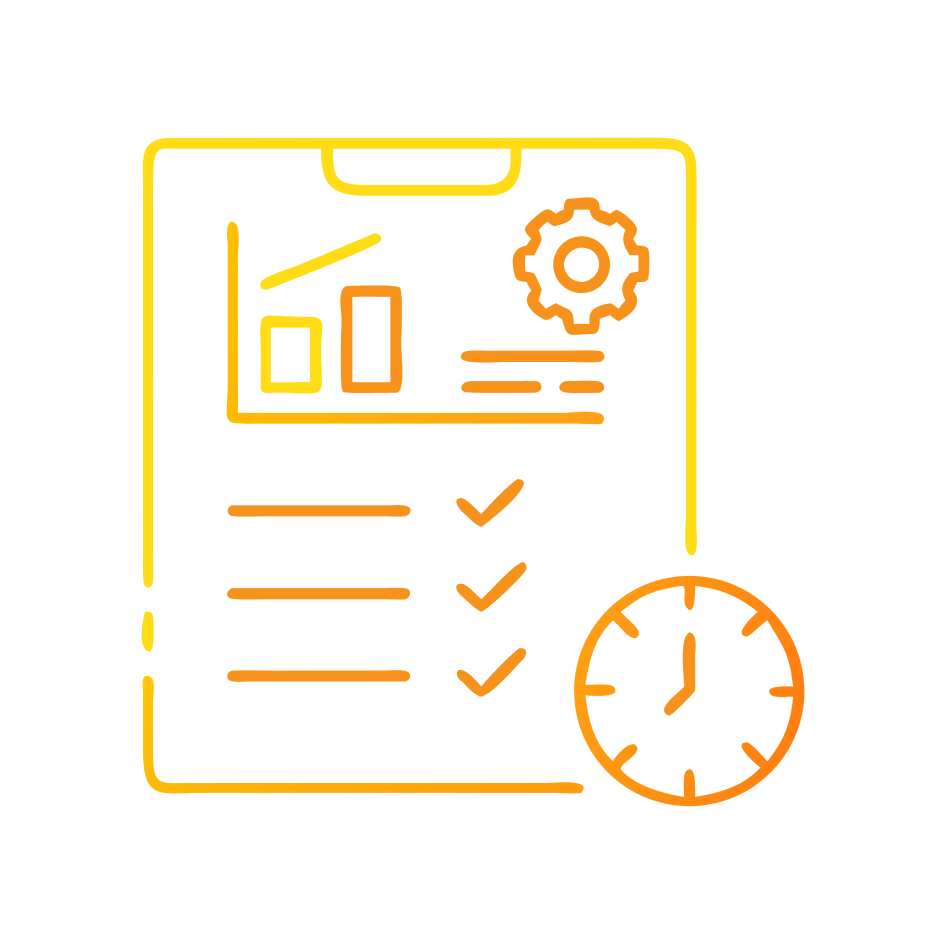What do executives actually need from JTBD and personas?
Leaders need models that explain customer behavior and guide investment. Jobs to be Done defines the progress a customer seeks in a specific circumstance. A persona describes a coherent archetype of users who share attributes, goals, and behaviors. Each tool answers a different question about demand and design.¹ ²
What is Jobs to be Done in plain terms?
Jobs to be Done, or JTBD, is a framework that explains why customers “hire” a product or service to make progress in a defined situation. The job is stable over time and sits above any one feature or solution. A classic example explores why commuters “hire” a milkshake in the morning to satisfy hunger, fit a time window, and occupy a long drive.³ JTBD analysis focuses on the desired outcome, the constraints, and the tradeoffs the customer accepts to get the job done.¹
What is a persona and why does it still matter?
A persona is a research-based archetype that represents a cluster of users with shared behaviors, needs, and goals. Personas help teams empathize, align language, and evaluate design decisions through a human lens. Strong personas are grounded in qualitative and quantitative data, include context of use, and avoid stereotypes. Well made personas improve communication and reduce rework because teams reference the same mental model when they discuss users.⁴ ⁵
Where does each model excel in Customer Experience and Service Transformation?
JTBD excels when you must uncover nonobvious demand, reframe scope, or prioritize outcomes across channels. It clarifies why customers switch, what they value in moments that matter, and how they measure success.¹ ³ Personas excel when you must tailor interaction patterns, content, and service scripts to distinct groups. They clarify tone, channel preference, accessibility needs, and decision styles that drive service quality.⁴ ⁵
How do JTBD and personas differ in data, scope, and output?
JTBD uses situational interviews and outcome statements to define progress metrics. The scope centers on a job statement with constraints and success criteria. The output is a set of prioritized desired outcomes used to design value propositions and service flows.¹ Personas use mixed methods to surface clusters of behaviors, attitudes, and contexts. The scope centers on a named archetype with goals, pain points, and scenarios. The output is a shareable profile that guides design choices, messaging, and channel strategy.⁴ ⁵
When should a CX leader choose JTBD over personas?
Choose JTBD when you see stalled growth, high churn, or solution bias. JTBD cuts through feature debates by anchoring teams in progress the customer seeks, not in product attributes. Leaders also choose JTBD when entering a new market, designing a new service model, or diagnosing switching behavior across providers. The lens exposes hidden competition, including substitutes outside your category.¹ ³
When should a CX leader choose personas over JTBD?
Choose personas when your product-market fit is sound, but engagement or satisfaction varies by audience. Use personas to shape service scripts, interface patterns, channel orchestration, and training. Personas bring operational clarity to frontline teams that must act with empathy at speed. They help contact centres personalize flows without reinventing the core offer.⁴ ⁵
How do you combine JTBD and personas without confusion?
Leaders can run a simple sequence. First, use JTBD to define the stable job and the measurable outcomes that matter in critical moments. Second, use personas to express how different user groups experience that same job in different contexts. The combination avoids a common trap where teams design for a persona’s demographics rather than the job’s success metrics. Use the job to set the target and use personas to tune the path for each segment.¹ ⁴
What does a decision framework look like?
Use a crisp, four-question gate.
Do we need to understand switching reasons and desired outcomes across solutions. If yes, start with JTBD.¹
Do we need to orchestrate channels, tone, and accessibility for distinct groups. If yes, add personas.⁴
Do we need to prioritize features or service capabilities by impact on job success. If yes, use outcome-driven prioritization.¹
Do we need a shared mental model for training and scripts. If yes, use personas to codify behaviors and cues.⁵
This gate prevents tool sprawl and keeps the organization aligned to progress metrics and human context.
How does JTBD shape contact centre strategy?
JTBD reframes contact drivers as progress blockers. It asks which desired outcomes fail and why. It then ranks interventions by expected impact on job success. Leaders can translate desired outcomes into service-level metrics, such as first contact resolution for a specific circumstance or time to reassurance for a high-anxiety moment. This keeps operational KPIs tied to customer progress instead of internal efficiency alone.¹
How do personas shape service design and training?
Personas inform tone, empathy cues, accessibility support, and preferred channels along the journey. They help teams script language for assurance, choose proactive notifications, and tailor knowledge articles. They also guide interface decisions for authenticated self-service versus assisted channels. The result is a service playbook that feels personal while staying consistent with standards.⁴ ⁵
What research moves reduce risk and increase speed?
JTBD work benefits from switch interviews that explore the timeline of a real purchase or change event. Teams map triggers, anxieties, tradeoffs, and success metrics. They use structured desired outcome statements to remove ambiguity and to support quantification.¹ Personas benefit from mixed methods that include field observation, diary studies, and analytics to test behavioral clusters. High quality personas include enough specificity to drive design, but avoid fictional fluff that creates bias.⁴
How should teams measure impact with discipline?
Tie JTBD initiatives to movement in desired outcomes and switching behavior. Track adoption of a new flow that better satisfies speed, predictability, or confidence. Watch for reduced compensating behaviors, such as channel hopping or repeated contacts.¹ Tie persona initiatives to measurable changes in task success, CSAT, NPS, and cost to serve for persona-specific scenarios. Use A/B tests to validate that scripts and UI variants improve outcomes for the intended group.⁴ ⁵
Which pitfalls should leaders avoid?
Avoid treating personas as demographics. Personas must anchor in behavior and context.⁴ Avoid treating JTBD as an abstract slogan. JTBD must translate into prioritized outcomes and testable designs.¹ Avoid running either model without governance. Assign an owner, tie to decision rights, and refresh evidence on a cadence. Treat both as operating assets, not as documents.
What does good look like in practice?
High performing teams present a one-page JTBD charter with the job statement, constraints, and top desired outcomes. They pair it with two to four personas that reflect real behavioral differences across the same job. They align incentives and dashboards to the job’s success criteria. They embed persona cues into scripts, UI patterns, and training. The organization then iterates with evidence and honors change control so that both assets remain reliable.¹ ⁴ ⁵
How do we start this week with low friction?
Leaders can run a two-week sprint. In week one, they complete five switch interviews and draft a JTBD charter. In week two, they validate two provisional personas using existing analytics and three field sessions. They then run a design workshop that maps the job to service flows and persona-specific variations. The sprint ends with a short test plan and a dashboard that tracks job outcomes and persona scenario success.¹ ⁴
What impact should executives expect?
Executives should expect clearer prioritization, fewer debates about features, and faster convergence on designs that matter. They should also expect sharper training, better channel fit, and higher first contact resolution where it counts. The combination of JTBD and personas strengthens investment cases because leaders can show causality between interventions, job outcomes, and service metrics. This is the path to a coherent Customer Experience and Service Transformation program that compounds value.¹ ³ ⁴ ⁵
What are the key definitions for shared language?
A job to be done is the progress a person seeks in a circumstance, independent of the current solution.¹ A persona is a research-based archetype that represents a group with shared behaviors and goals in context.⁴ Outcome-driven innovation is a method that quantifies desired outcomes to prioritize design and investment.¹ These definitions give teams a baseline that prevents drift.
How do we align this work to the enterprise stack?
Tie JTBD and personas to Identity and Data Foundations. Define canonical entities for job, outcome, persona, and scenario. Store them in a governed knowledge base. Expose them to analytics, journey orchestration, and knowledge management systems through stable identifiers. This keeps research assets alive within operations and prevents duplication. Strong foundations also enable AI assistants to retrieve the right definitions and scripts at the right time.⁴ ⁵
FAQ
What is the practical difference between Jobs to be Done and a persona in Customer Experience and Service Transformation?
JTBD defines the progress customers seek and the outcomes they use to judge success. Personas describe distinct user groups with shared behaviors and contexts that influence how they pursue that progress. Use JTBD to decide what to build or fix. Use personas to decide how to deliver it to different groups.¹ ⁴
How should contact centres use JTBD to reduce effort and repeat contacts?
Contact centres should frame top contact drivers as failed desired outcomes in specific circumstances. They should redesign flows to improve those outcomes and track metrics like time to reassurance and first contact resolution that map to the job.¹
Which research methods create reliable personas for enterprise service design?
Teams should combine qualitative interviews and observation with behavioral analytics. They should ground personas in real tasks, contexts, and goals. They should validate with usage data and avoid demographic stereotypes.⁴ ⁵
Why do organizations pair JTBD with personas instead of choosing one model?
Organizations pair the models because JTBD reveals what creates value and personas reveal how value should be delivered to different groups. The pairing aligns strategy with service operations and training.¹ ⁴
How do we quantify priorities when using JTBD?
Teams can write desired outcome statements and score importance and satisfaction to produce opportunity scores. They then prioritize interventions that improve outcomes with high importance and low satisfaction.¹
Which risks should executives manage when rolling out personas at scale?
Executives should prevent fictional or demographic-only personas, enforce governance, and align personas to real scenarios, scripts, and interface patterns. They should set a refresh cadence and define owners.⁴ ⁵
Who popularized JTBD and who formalized modern persona practice?
Clayton Christensen popularized JTBD through research and teaching, and practitioners documented methods that apply it to innovation. Alan Cooper and the UX community formalized modern persona practice, with ongoing guidance from sources such as Nielsen Norman Group.¹ ³ ⁴ ⁵
Sources
“Know Your Customers’ Jobs to Be Done.” Clayton M. Christensen, Taddy Hall, Karen Dillon, David S. Duncan. 2016. Harvard Business Review. https://hbr.org/2016/09/know-your-customers-jobs-to-be-done
“Jobs-to-be-Done.” Tony Ulwick and Strategyn. 2016. Strategyn resource hub. https://strategyn.com/jobs-to-be-done/
“What Customers Want from Your Products.” Clayton M. Christensen and colleagues. 2016. Harvard Business Review video and articles on the milkshake study. https://hbr.org/ideacast/2016/10/clay-christensen-on-theory-and-theory-building and https://hbr.org/2016/09/know-your-customers-jobs-to-be-done
“Personas: A Simple Introduction.” Kate Moran. 2018. Nielsen Norman Group. https://www.nngroup.com/articles/persona/
“About Face: The Essentials of Interaction Design.” Alan Cooper, Robert Reimann, David Cronin, Christopher Noessel. 2014. Wiley. https://www.wiley.com/en-us/About+Face%3A+The+Essentials+of+Interaction+Design%2C+4th+Edition-p-9781118766576
